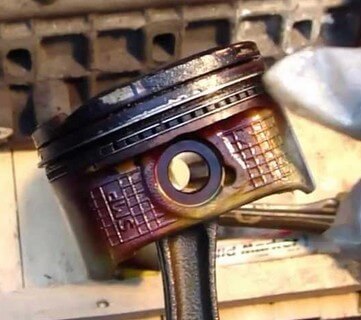On modern cars (especially direct injected motors) you want oil temp to reach at least 212F at some point during your drive in order to drive off water vapor that inevitably builds in the motor. Similarly if oil doesn't reach high temps you can't drive off gas vapors that are also common in the oil for direct injected motors. This is all correlated to gas smell in oil on very short trips since the oil can't reach temp to evaporate water/gas vapors. That was the issue for example on the late model Honda CRVs for people that drove short distances, gas vapors could not be evaporated by the oil for short trips since oil can't reach 212F, this is of course compounded by the fact the Honda CRV has a tiny 1.6 liter motor, the turbo also exacerbates the oil/gas dilution which again should not be an issue if the car is driven a distance long enough for the oil to reach 212F.
Now, some trips on the Subaru I see 205 degF but I bet the sensor location doesn't represent the hottest path of the oil in the motor. My commute is long enough that I reach at least 205 degF which makes me at least guess that somewhere in the oil pathway there is 212 degF.
I meticulously keep track of my oil temp in my 2020 outback 2.5i and up 20 mile highway hills here at 75 mph I see 225 degF or so which is no issue for modern synthetic oils. When I tow, I see no more than 235-240 degF, which again is peanuts for any modern synthetic oil.
Its fun to google images of any BMW oil temp gauge which has its "middle" at 250 degF. Max on the BMW oil temp gauge is 360 degF. Just as a reference see link below.
I have always theorized the front active grill shutters that the Subaru has are there to do exactly that -- ensure the motor and by definition motor oil gets hot even for short trips, otherwise you would risk gas/water vapor not being removed from the oil.
Is this normal ? Oil temp related











